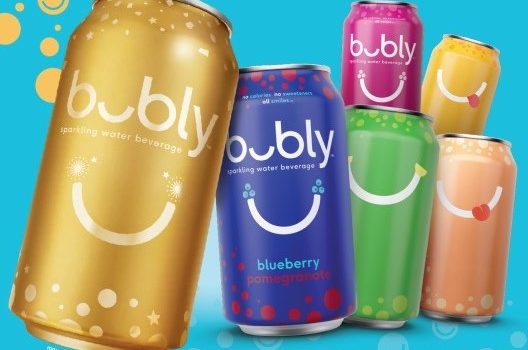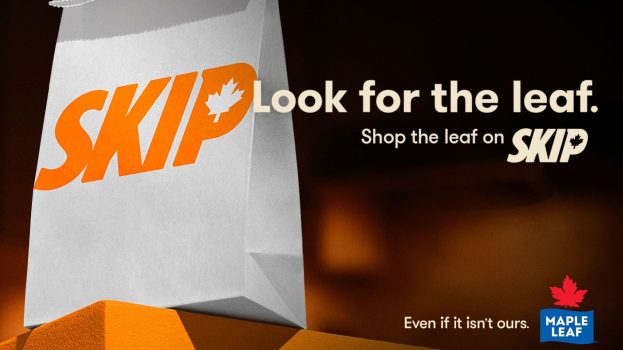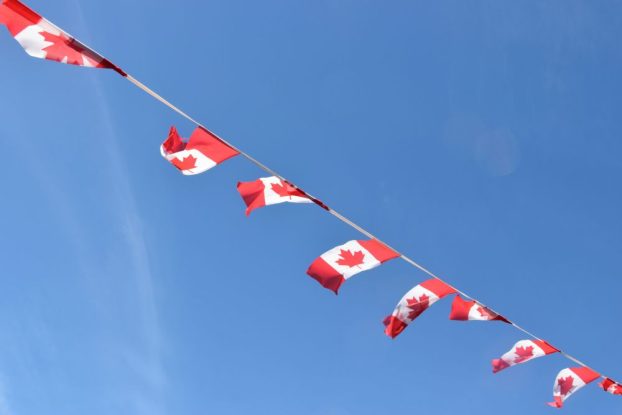As it online order volume has increased by 40%, grocery delivery service Inabuggy has seen a “tremendous uptick” in CPG partnerships.
Founded in 2015, Inabuggy currently services the currently delivers in the GTA, Ottawa, Vancouver, Calgary and Montreal. It works with national grocery banners, alcohol retailers, big-box players like Costco and Walmart, independent grocers and local QSRs like Toronto’s What a Bagel. But beyond simply being a digital extension of those stores, it has also been providing more opportunities for the brands consumers are buying.
“We are constantly working and growing the CPG side of things,” says CEO and founder Julian Gleizer says. Giving CPGs the ability to go directly to consumers is a big benefit to them, Inabuggy says, as the platform enables brands to stand out in different ways than in grocers, where they are typically competing with dozens of rival SKUs.
In December, Inabuggy partnered with Conagra Brands, to allow it to facilitate a more personalized relationship between its customers by utilizing technological marketing capabilities and AI-driven data analytics that go beyond its big-box delivery competitors. Some of the Conagra products included more cash back than the standard one offered by Inabuggy’s Inabux loyalty program. Every time a user shops with Inabuggy, they have 1% cash back deposited back into their account (2% once they’ve made at least 10 orders).
“We have seen significant interest in cash back,” Gleizer says. “We are always evolving and looking at additional models, such as digital coupons to be customer centric.”
Currently, Inabuggy is also offering $2 and $3 dollars off for a range of SC Johnson household products from Ziploc bags to air fresheners and bug spray, sold through Walmart. It has also partnered with ecommerce marketplace Rakuten for affiliate marketing, with coupons and promo codes and cash back offers.
Inabuggy has increased its AI and machine learning investments in order to forecast COVID-19 product trends and analyze customer shopping patterns, data it can pass on to brands.
“We know what customer shopping habits are, spending patterns, and we are able to pool that data and provide more of a personalized experience,” according to Gleizer. “Five years ago, we were just learning on the fly. There is a definite ramp up time when it comes to executing flawless grocery delivery.”
https://youtu.be/NM6P9Z_O7VQ
On the consumer-facing side, repeat purchase rates on Inabuggy have gone up as the number of trips to bricks-and-mortar grocers goes down: average purchase rates have gone from four to five times a month to two to three times a week. Before the pandemic, grocery delivery penetration was 2% pre-COVID, and now it has increased to around 8% to 10%, Gleizer says. He also says that, while “everybody eats,” Inabuggy has seen usage surge from seniors, so it borrowed a page from grocery stores and secured the 9 a.m. to 10 a.m. delivery slots for the elderly or those who are immune compromised.
Gleizer says Inabuggy differentiates itself from delivery offered by bigger players through what he calls “the human touch,” a real connection between customers and its team of shoppers, which “pick, pack and deliver” groceries, highlighted in the brand’s jaunty, animated messaging. Its “elite produce pickers” have also appeared on the likes of CP24.
“[Inabuggy is] not just a bot or algorithm. It’s about communicating via phone-calls and creating a relationship and sense of trust and ensuring customers have comfort level,” Gleizer says. The delivery service also provides constant communications with customers living in apartment and condo buildings to ensure everything is delivered.
























